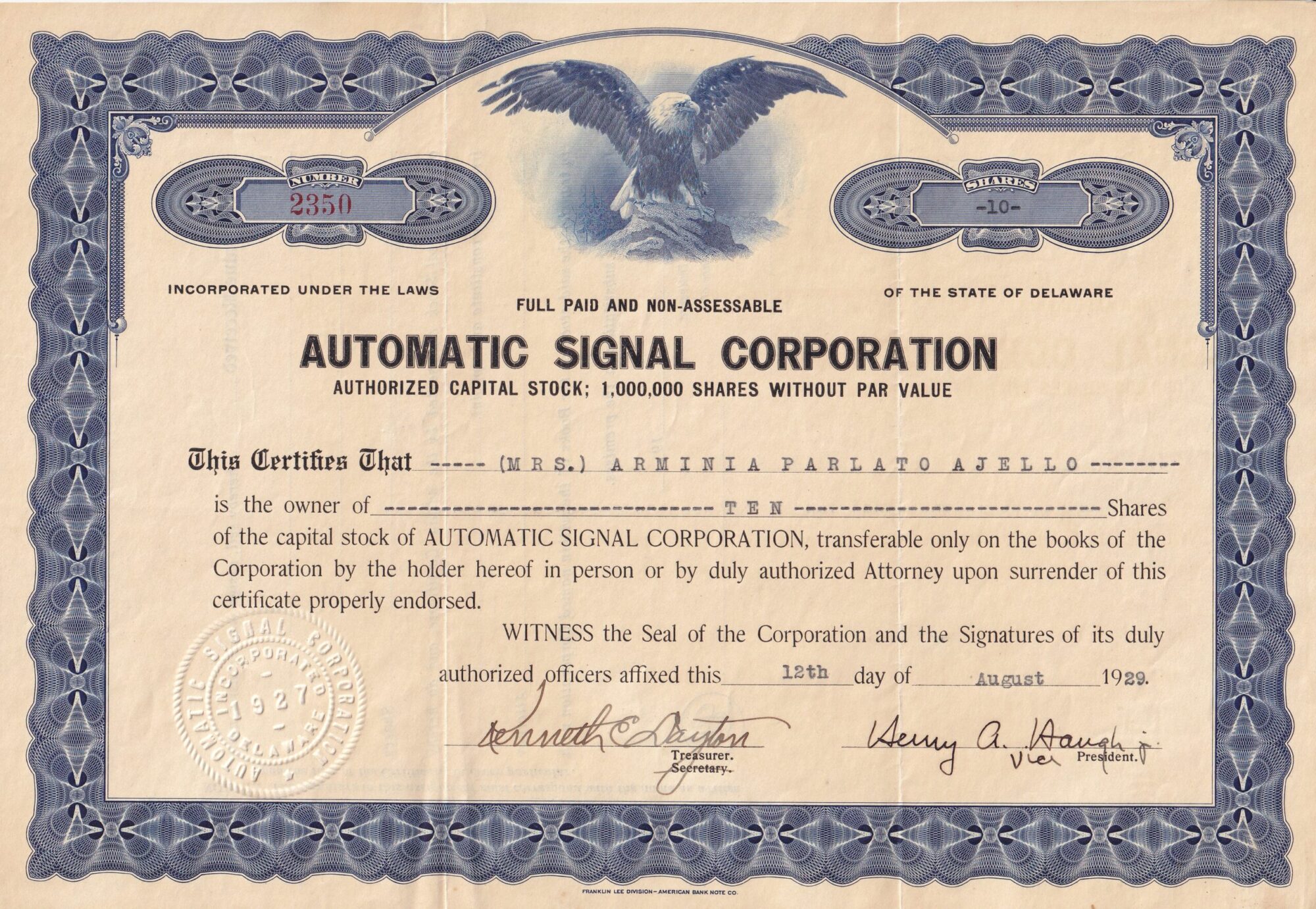Between June and November, 2024 several large NVDA block trades crossed the tape above 119, as shown in the first chart. It appears Market Makers are conducting a merchandising operation by distributing stock to intuitions, pension funds, etc. Prior to Market Makers, Specialist performed the same operation.
“The cultural response of most investors is based on the assumption that “if somebody is buying, somebody is selling; not for a moment is it recognized that, in most cases “if somebody is buying,” it’s the specialist who is selling; and if “somebody is selling,” it’s the specialist who is buying.
Richard Ney, Wall Street Gang, 1974, page 150
Based on trades within the NVDA ascending triangle, a move upward would be expected going into December 2024. The following Fibonacci charts show today’s NVDA structure is very similar to that of CSCO in 2000. It should also be noted that overall, a market peak is expected in December based on the recent Buffett Indicator Review on November 28, 2024.
This information is for educational purposes only and it is not advice or a recommendation.
Scanning for block trades should be available on most major trading platforms.
Charts courtesy of StockCharts.com.
Disclaimer


























































